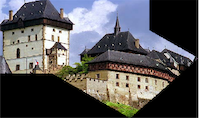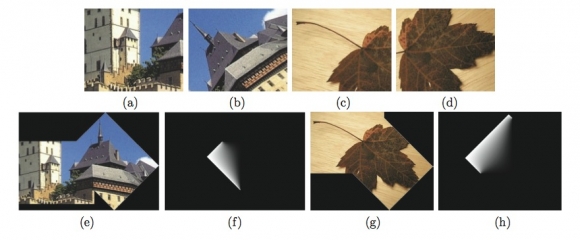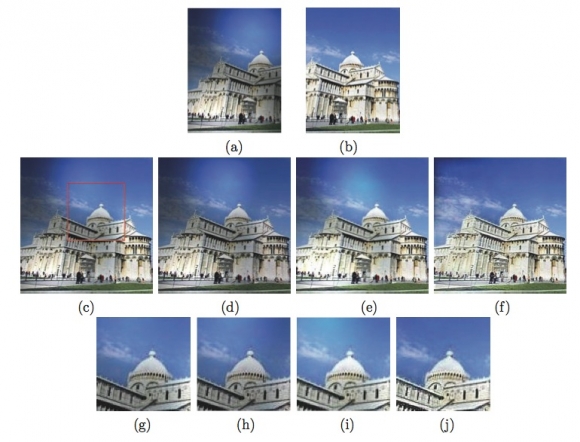New mathematical model could mean better image stitching for panoramas
posted Thursday, October 3, 2013 at 2:07 PM EDT

Stitching together a series of images into a panorama is a surprisingly tricky business. Some companies, like Sony and Apple, seem to have a really solid grasp on it, and can easily put together a pano from just a sweep of your device. But a new mathematical model could mean that when your photos get combined, you end up getting a much smoother transition of color, shading, and exposure — making for a more natural looking image.
In a paper published in the Society for Industrial and Applied Mathematics Journal on Imaging Sciences, (available free to read as a PDF temporarily), a new method is proposed of stitching images together to better account for differences in lighting.
According to a press release, the new approach helps blend the two images more seamlessly, as it "minimizes seam artifacts by smoothing the transition between the images. The mosaic image here is a weighted combination of the input images. This means the pixel values from the two overlapping images are combined using a weighted average for qualities such as exposure, local contrast, saturation, etc."
Effectively, what that means is that when you stitch two images together, but they have a slightly different exposure (a common problem when shooting on Auto), this algorithm combines them in a way to make a smooth shift between the two, rather than a harsh edge.
The paper itself is fairly dense, but the images below give some sort of idea of what they're talking about:


